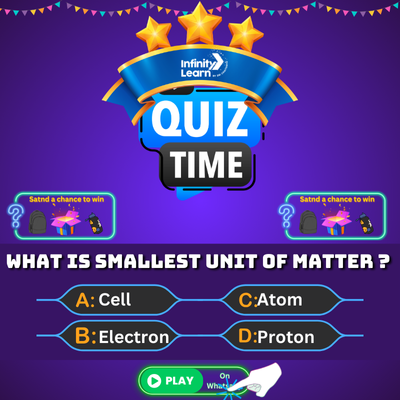Introduction IUPAC Nomenclature is the internationally accepted system for naming chemical compounds and elements. It was developed by the International […]
Uncategorized
Ketone Preparation – Structure, Reactions and Preparation
Ketone-preparation In organic chemistry, ketones are a class of compounds containing a carbonyl group (C=O) bonded to two carbon atoms. […]
Sodium Phosphate – Formula, Structure, Types and Uses
Sodium Phosphate Formula Sodium Phosphate – Formula: Sodium phosphate is a white, crystalline, water soluble solid. It is used as […]
Phosphorus – History, Uses and Chemical Appearance
What is Phosphorus? Phosphorus is a chemical element that has the symbol P and atomic number 15. It is a […]
Ether Nomenclature – Formula, Types, Steps Proposed by IUPAC in Naming Ethers
Ether Nomenclature An ether is a type of organic compound that has two alkyl groups bonded to an oxygen atom. […]
Free Radicals
What are Free Radicals? Free Radicals – Definition, Types, Causes, Properties and FAQs: A free radical is an atom or […]
Order of Reaction – Definition, Methods and Explanation of Reaction Order
Order of Reaction Order of Reaction – Definition: The order-of-reaction is the sequence in which the reactants in a chemical […]
Antibiotics Types and Side Effects – Definition, Types and How do Antibiotics work
What are Antibiotics? ; What do Antibiotics do? ; What are the different types of Antibiotics? Antibiotics are a type […]
Sericulture and Moriculture – Climatic Conditions, Harvesting, Fertilizers Used and Preservation
Sericulture and Moriculture – Explanation Sericulture is the process of rearing silkworms for the production of raw silk. The word […]
Alkali Metals – Chemical Elements, Properties | Alkali Metals Periodic Table
Alkali Metals – Chemical Elements and Properties The alkali metals are a group of chemical elements in the periodic table […]


